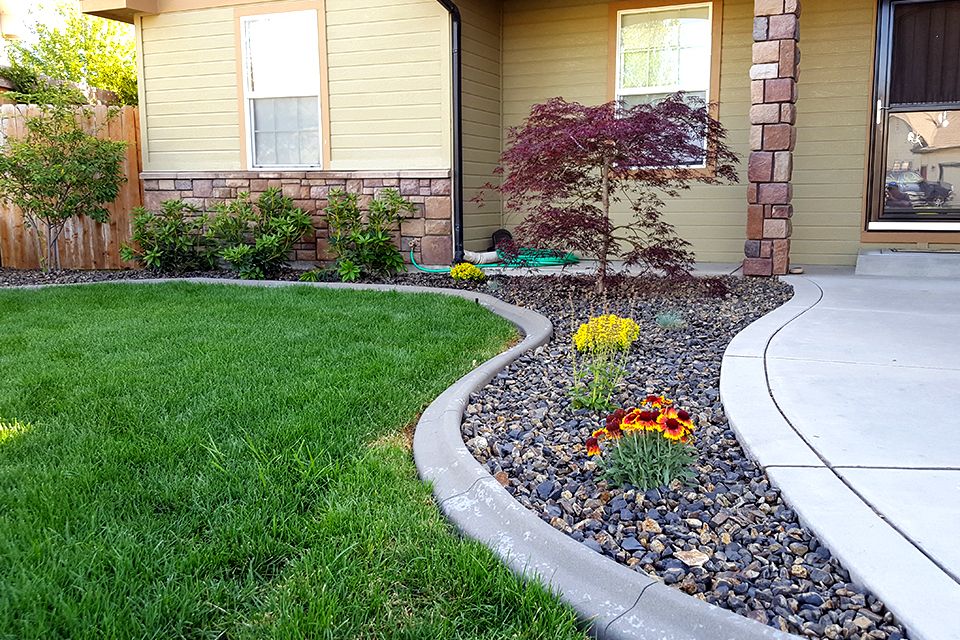
When is the best time to prune my ________?
The most universal answer is late winter, around February or March. This obviously doesn’t hold true for EVERYTHING, but it works as a general rule.
Why is now a good time to prune? All plants store starches in their tissues to survive the winter and begin growing again in the spring. Trimming excess limbs off in the fall would deprive the plant of some of its “back-up power.” Plants also start growing around this time. This will help hide any unsightly nubs that remain. Although, if done properly, there shouldn’t be much to be seen. Also at this time the sap isn’t running at full flow yet as it would be in the spring or summer. This will prevent excess loss of water and key nutrients through the wound and prevents ugly sap build up.
This also brings up the typical follow up questions:
“What do I cover the cut surface with?”
Nothing. You CAN apply tar or pruning paint to protect the cut area from disease if that variety of tree is prone to getting them like fruit trees in orchards. However, there is no NEED for it to be done. Studies have shown that the wound usually hardens off in a few hours. And who wants to look at a black painted stump on their tree for years?
“What if I waited too long, but I REALLY want to prune?”
Go ahead. Just don’t go overboard. Try keep your hacking to less than 15% of the total plant. Some plants are tougher than others and can handle more during the warmer months. Just cover your bases and consult a professional first if you don’t want to lose it.
“How much can I cut off?”
We usually recommend you keep it under 30%. This will prevent unnatural growth spurts and keep your plant healthy and looking good. If you absolutely can’t stand it anymore and chop it all the way down you can expect it to jump back up to the same height in just a few months with long gangly stalks.
“What are the exceptions?”
The most common exceptions are lilacs, magnolias, Russian sage, butterfly bushes, and pine shrubs for maintenance. The last one sounds goofy, but I’m referring to if you are trying to maintain the size and density of a PINE tree or shrub, but not junipers. They fall into the late winter category. Pine should be trimmed when the new growth (called candles) has turned green, but the needles are not fully extended yet. The candles then should be cut to half or a third of their length. The new needles will continue to expand hiding the cut point, and the plant will have only gained a little overall size. This also helps to improve the density of plant by compacting the branches together allowing for less space between the needle bunches.
Certain plants that form flower buds in the fall will not flower at all if pruned in the spring. Lilacs, magnolia, and sumac are among them. I get asked all the time “why are my lilacs not flowering?” Guess the most common answer 😉
Plants that are on the more herbaceous side like Russian Sage, Butterfly Bushes, and some Hydrangeas, can be cut down almost to the ground and this can be done in the winter after they go dormant. Just clean these up when you get out and clean up your perennials and annuals that have all crisped up.
Please feel free to ask me any questions below or point out anything you disagree with.